Best Lightweight 4 Season Tent For Backpacking 2024
Last Updated: October 23, 2023
Packable, Wind-Worthy, Lightweight and Ultralight 4 Season Tents
For backpacking in extra windy, stormy, snowy, wintery, or otherwise challenging conditions, you need a lightweight 4 season tent. The models featured in this guide are sturdy and livable without compromising much in regard to weight, bulk, and comfort. Conversely, many 4 season tents are excruciatingly heavy, voluminous, and/or sacrifice too much in regard to livability, waterproofness, and condensation management. We will help you avoid those tents and stick to highly functional models weighing five pounds or less.
This guide is designed to serve you the best lightweight and ultralight 4 season tent recommendations for backpacking, as well as multi-day snow travel pursuits on skis or snowshoes. We do not cover basecamp tents, nor alpine bivy shelters at this time, though we hope to expand our assortment in the future. Our assessments are grounded in a mixture of statistical comparison, meta analysis, and backcountry testing. We’ve used these tents in Patagonia, Alaska, and everywhere in between, and our confidence is absolute.
You may also be interested in our guides to 0 degree sleeping bags, 0 degree quilts, winter sleeping pads, backpacking booties, down pants, and lightweight parkas.
You make Adventure Alan & Co possible. When purchasing through links on our site, we may earn an affiliate commission at no additional cost to you. Here’s why you can trust us.
Quick Picks
- Best All-Around: SlingFin CrossBow
- Best in Extreme Wind: SlingFin WindSaber
- Best Ultralight (in stock): Hyperlite Mountain Gear UltaMid 2
- Best Ultralight (made to order): Mountain Laurel Designs DuoMid XL
Lightweight & Ultralight 4 Season Tent Comparison Table
| Model | Price ($) | Weight (oz) | Interior Area (ft²) | Vestibule Area (ft²) | Height (in) |
| SlingFin CrossBow | 720 | 67 | 32 | 22 | 41.5 |
| SlingFin WindSaber | 875 | 79.8 | 28 | 10 | 40 |
| HMG UltaMid 2 | 699 | 19.1 | 63 | 0 | 64 |
| MLD DuoMid XL | 765 | 16 | 65 | 0 | 59 |
Best All-Around Lightweight 4 Season Tent
SlingFin CrossBow
The SlingFin CrossBow is our pick for best all-around lightweight 4 season tent, thanks to its spacious interior, large vestibules, and incredible storm-worthiness. This tent is engineered to the max with internal guy lines, and web truss pole attachment system, yet still feels and carries like a much lighter 3 season tent. Shop now.
- Price: $720
- Weight: 4 lbs, 3 oz
- Materials: 20D Sil/Sil-Nylon Fly, 15d inner, DAC 10.65mm poles
- Interior: 32 ft² | Vestibule: 11 ft² | Area/Pound: 10.2 ft²/lb
- Length: 92″ Width: 50″ Height: 41.5″
- Pros: Lightweight for 4 season category. Extremely sturdy and safely pitched in wind. Solid (not mesh) body. Spacious interior. Freestanding. Large vestibules. Vents. Solid interior. Internal guy lines. WebTruss attachment system. Lots of internal pockets.
- Cons: Expensive. Does not come seam-sealed. Unusual cinching hardware, no tensioning at tent body corners. Through-vent has minor rain pooling potential.
Construction & Features
The incredible wind resilience of SlingFin CrossBow begins with the 10.65mm DAC PL poles, attached to the tent body via their patented continuous WebTruss system, which reinforces the connection and allows for pitching in strong wind. These poles are seriously heavy duty, 15-20% thicker than your average 3-season tent, which translates to significantly more bend-resistance in strong gusts. Add in SlingFin’s signature internal guy lines for additional support and you have what amounts to an engineering marvel with incredible strength-to-weight ratio.
We nod secondly to the solid, breathable, 15d nylon interior fabric. Compared to the mesh body typically found in 3-season tents, this material is warmer, highly draft resistant, and blocks snow, spindrift, splatter, and dust or sand (a CrossBow Mesh Body kit is also available for summer conversion, sold separately). It prevents warm air from drifting off, increasing the interior temp by 5-10 degrees. There’s plenty of ventilation options too, including kickstand vents for the upper vestibules doors, mesh interior door vents, and the mesh through-vent. Top that off with the 20d sil/sil fly fabric, which is stronger, more waterproof, and longer lasting than industry-standard sil/pu fabrics.
Finally, we just want to call out how livable this tent is. The 32 sq ft interior is significantly more spacious than the typical 2p tent, and it’s dual 11 sq ft vestibules feel massive. This tent accommodates wide pads. What’s more, it’s decked out with eight internal mesh pockets for plenty of storage.
Verdict
If, like most people, you only want to own one four season tent, SlingFin CrossBow is the model to choose. It’s incredible strong, reasonably lightweight, and comfortably livable. No other 4 season tent offers such an incredible combination of stats, design, materials, and backcountry performance. We recommend the CrossBow very highly, and know that it will serve you well in extreme conditions.
Best Lightweight 4 Season Tent For Extreme Wind
SlingFin WindSaber
The SlingFin WindSaber is an exceptionally sturdy, 4-season storm-worthy expedition-grade tent with the best strength-to-weight ratio we’ve ever seen. It is a level up in wind resistance even from our beloved CrossBow, and far lighter than alternative options in its strength-class. This is our shelter of choice for camping on the preposterously windy Southern Patagonia Ice Field. Shop now.
- Price: $875
- Weight: 5 lbs
- Material: 20D Sil/Sil Nylon Fly, 15D Nylon Body, DAC 10.65mm poles
- Interior: 28 ft² | Vestibule: 10 ft² | Area/Pound: 7.6 ft²
- Length: 85″ Width: 60″/39″ Height: 40″
- Pros: Highest strength-to-weight. Exceptionally sturdy and safely pitched in wind. Solid (not mesh) body. Freestanding. Vents. Internal guy lines. WebTruss attachment system. Internal pockets. Four poles
- Cons: Very expensive. Small vestibules. Extra setup steps. Heaviest we’d consider.
Construction & Features
What makes this tent so exceptionally sturdy in high winds are four (not three!!) thick, 10.65mm DAC PL poles crisscrossing the tent body in conjunction with the WebTruss patented pole sleeves. These sleeves reinforce the poles, and create a stronger connection to the tent body than clips. They also allow for the poles to be set up before the tent itself, which makes things significantly easier when pitching in strong wind.
The SlingFin design team flexed their engineering background with a series of reinforcements. This includes the internal guy line system for lateral stability, as well as grosgrain reinforced seams along the fly. There is even an outrigger attachment which converts trekking poles into additional wind and snow loading reinforcement.
Inside the tent are an array of livability features. This includes extra elbow room which replaces the head end vestibule, and an array of pockets, double walled doors (1 mesh, 1 rip stop nylon), and a double walled vent hole. Speaking of vents, the vestibules also have them, by way of the removable “Kick Stops” to keep air flowing, even when snow builds up and blocks airflow around the base of the fly.
Verdict
We can’t stress enough just how strong, sturdy, and bomber this tent is, and how well it holds up in high winds relative to only weighing five pounds. Alan has used this lightweight 4 season tent to great success in exceptionally stormy, gusty conditions, and it is the sturdiest tent in our quiver.
Best Ultralight 4 Season Tent (in stock)
Hyperlite Mountain Gear UltaMid 2
As iconic as it is versatile, the Hyperlite Mountain Gear UltaMid 2 is a seriously strong, seriously ultralight shelter. Weighing just 19 oz yet offering 2x the floor plan and significantly more wind resistance than traditional 2p tents, this minimalist pyramid is ready to rock it in the backcountry. Shop now.
- Price: $699
- Weight: 1 lb 3.1 oz
- Fly Material: Dyneema
- Interior: 63 ft² | Vestibule: 0 ft² | Area/Pound: 52.7 ft²/lb
- Length: 107″ Width: 83″ Height: 64″
- Pros: Very ultralight. Best-in-class materials. Spacious. Sturdy. Vents.
- Cons: Expensive. Not freestanding. Perfect pitch has a learning curve. Floorless. Single wall condensation. Not inherently bugproof. Inner nest+floor sold separately. Zipper bears tension. Center pole separates partners.
Construction & Features
Why choose a pyramid? Because they’re the most wind-resistant shape in the tarp shelter genre, which is necessary for a lightweight 4 season tent. They’re also the most spacious!
Sure pyramids come with baggage too – they’re floorless, not bugproof, and require a bit of extra work to setup. But in cold or wintery conditions when there are no bugs, and your other options are a 3-5lb 4 season tent, the juice is likely worth the squeeze. Plus, you can always add your own floor, or the bug mesh+floor insert (though this makes it much less weight efficient).
What makes this otherwise simple pyramid so expensive and ultra premium is its Dyneema fabric construction. Dyneema is waterproof, much stronger than sil-nylon, much lighter weight, and perhaps most importantly, has no stretch. This means that, when properly tensioned, it will not sag! Extra important in damp, rainy, or snow-loading conditions.
The Hyperlite Mountain Gear UltaMid 2 has a few specifics we like, and dislike. For starters, it has tons of tie out points for reinforcement, another bonus for winter users. The dual top vents are great at reducing condensation. However, the component most likely to fail and cause problems are its zipper. This is because it bears lateral pressure from the corners, and can become damaged if over-tensioned. A buckle at the base helps solve for this, but not completely. What’s more it’s a waterproof zip instead of a storm flap, which is fine at protecting against the elements, but makes the zipper a bit more finicky.
Verdict
We’ve used the Hyperlite Mountain Gear UltaMid 2 in some seriously gnarly conditions, and endorse its sheltering capabilities. The quality and performance are there for you if you’re willing to accept a more minimalist camping style and pay the big bucks.
Best Ultralight 4 Season Tent (made to order)
Mountain Laurel Designs DuoMid XL
The Mountain Laurel Designs DuoMid XL in Dyneema is an ultralight marvel. Like all pyramid shelters, it’s lighter, larger, and stronger than any traditional tent or tarp tent, and also our favorite pyramid design on the market thanks to its offset pole structure. Shop now.
- Price: $785
- Weight: 16.0 oz
- Material: Dyneema .75
- Area: 65 ft² | Vestibule: 0 ft² | Interior Area/Pound: 65 ft²
- Length: 110″ Width: 90″ Height: 59″
- Pros: Ultralight. Bomber wind resistance. Very spacious. Best-in-class materials. Peak vent. Offset pole does not separate partners.
- Cons: Not bugproof. Not freestanding. Floorless. 7-10 week lead time. Single wall. Expensive. Not freestanding. Perfect pitch has a learning curve. Floorless. Single wall condensation. Not inherently bugproof. Inner nest+floor sold separately.
Construction & Features
Due to its pyramid design and the use of 0.7 oz DCF fabric, DuoMid XL is totally bomber and capable of handling 4-season winds and snow loading. Yet it weighs only a pound! This is a great 4 season tent for fastpacking and bikepacking — we’ve used this ultralight tent for two weeks in Patagonia and above the Arctic Circle!
What sets the DuoMid XL apart from most other pyramids is the off-center trekking pole placement, which allows two partners to sleep side by without a pole in the middle. This also creates a protected vestibule-like space at the entrance which other pyramids lack. And the square footage per pound is off the charts massive, nearly unbeatable.
The biggest downside with using pyramids as backpacking tents is that they are not intrinsically bug-proof and are floorless (though this less of an issue in winter). While this can be addressed by adding in the modular InnerNet bug-mesh-plus-bathtub-floor-insert, it pushes an extra 12 oz and $315, downgrading the weight class from super ultralight, to the heavier end of the ultralight spectrum (total 28 oz).We will also note that the area within about a foot of the permitter is very sloped and short. While it is excellent for storing gear, it isn’t space that can be occupied by people, so the actual interior area feels a bit smaller than stats imply.
Verdict
The MLD DuoMid XL makes for an excellent ultralight tent whenever bug pressure is low and weight savings/storm-worthiness are at premium. What a tent!
When To Choose A Stronger Tent
Unfortunately, there is no perfect or exact answer for when to choose a 4 season tent. It’s not as simple as summer vs winter, though that is correlated. There are times in summer when we’ve used a 4 season tent, and times in winter when we’ve used a 3-season tent. A lot of depends on the exact terrain and forecast for your trip, and the strength delta between your 4 season and 3 season options.
But in general, we recommend using a lightweight 4 season tent whenever the forecast calls for an inch or more of snow, the possibility of wind at 30 mph or higher, or regions famous for severe wind, like Patagonia. If you will be in highly exposed terrain, like an alpine ridge, that increases the likelihood that you should use a 4 season tent, as forecasts will likely underestimate the wind. If your preferred 3-season model is not particularly sturdy, such as the Big Agnes Tiger Wall, you may wish to substitute in the 4 season model more liberally.

 Affiliate Disclosure
Affiliate Disclosure
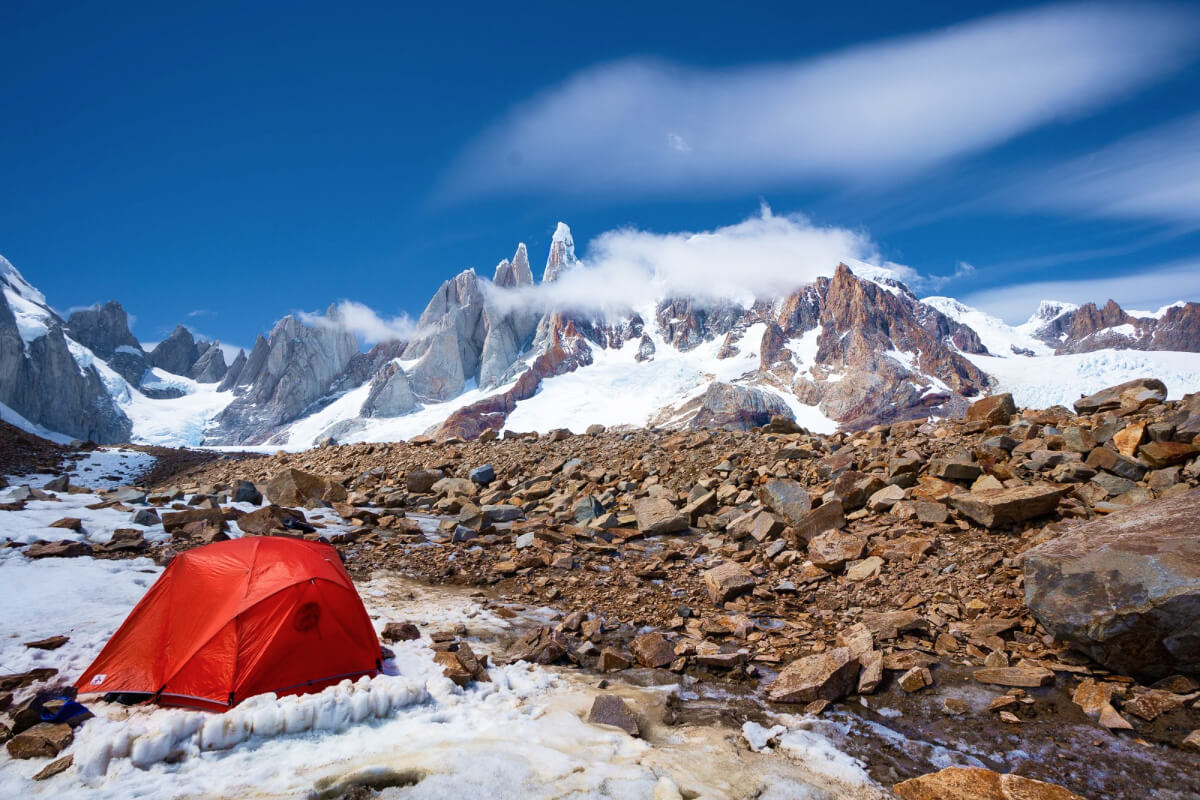
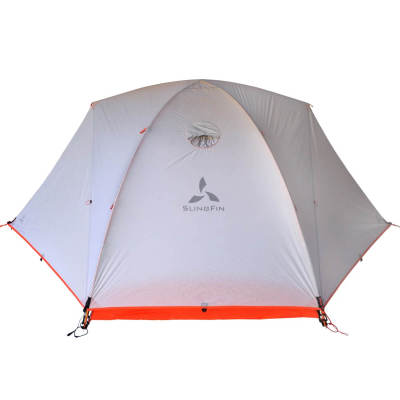
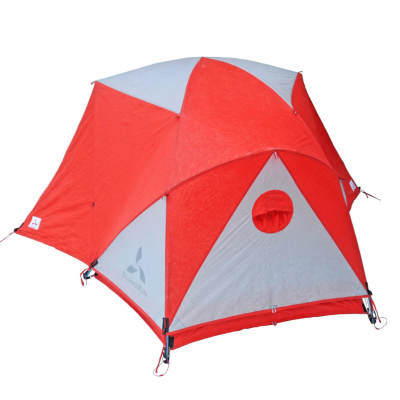
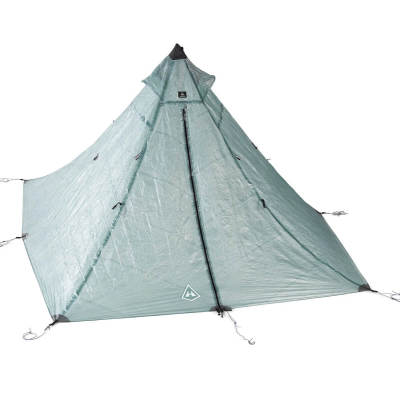
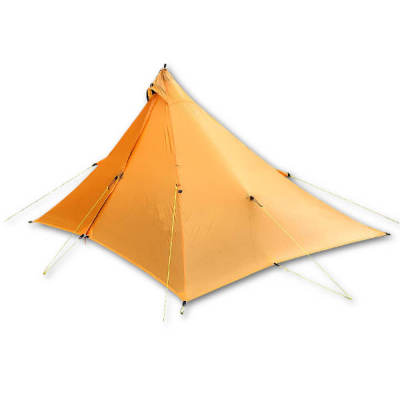
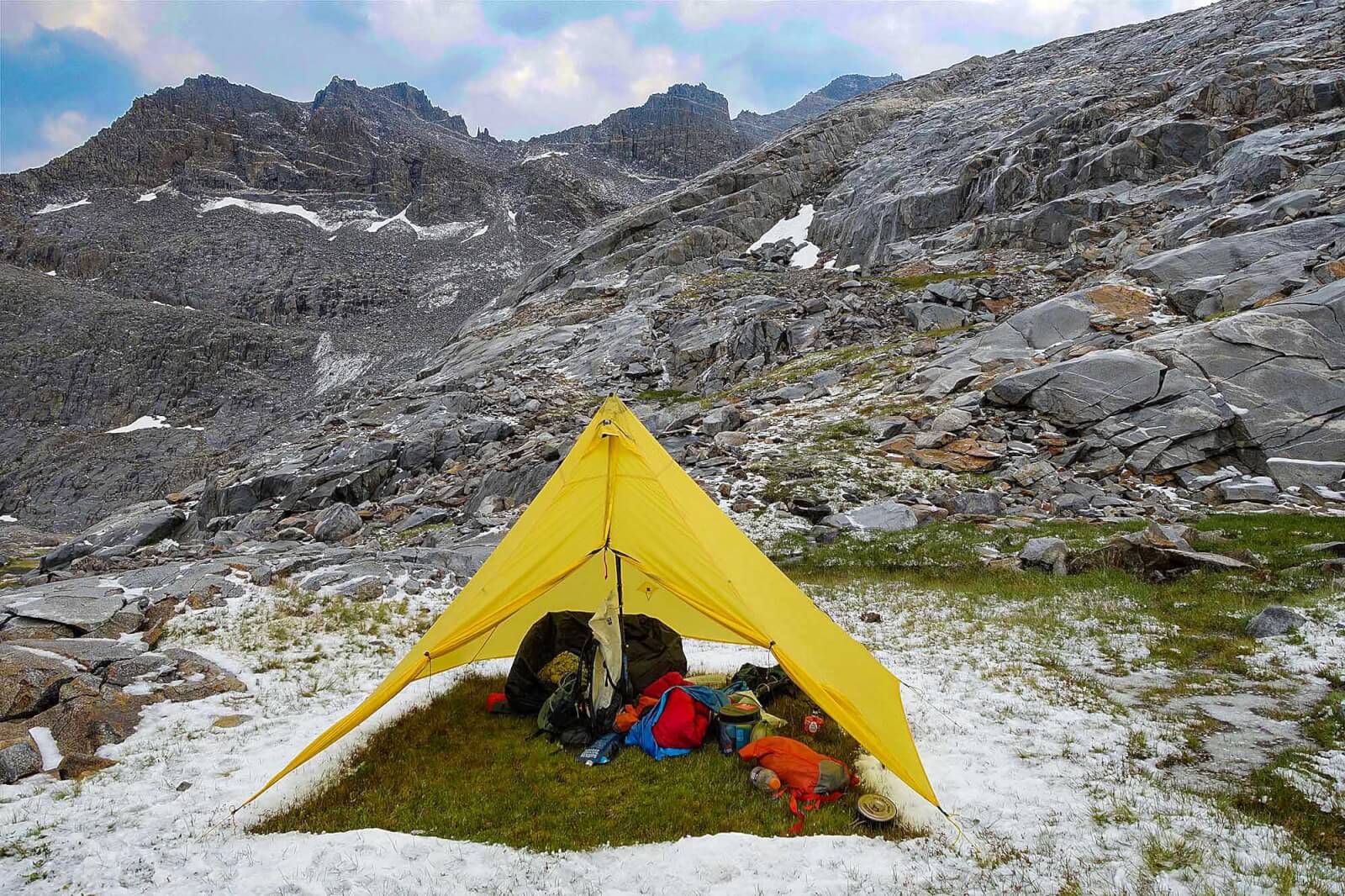
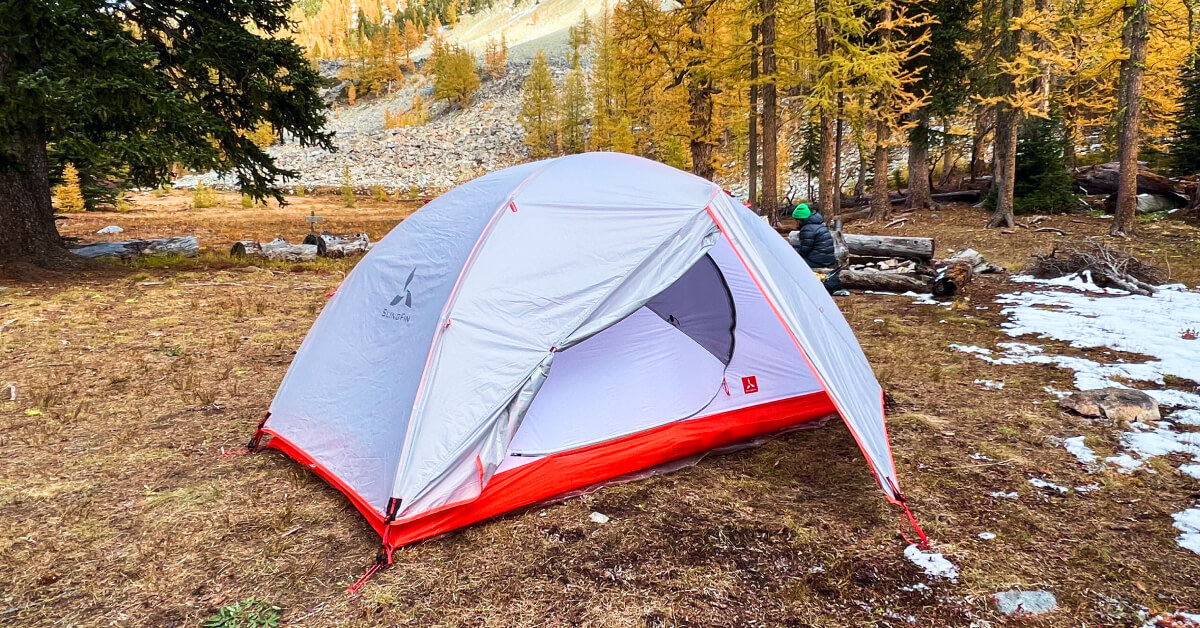
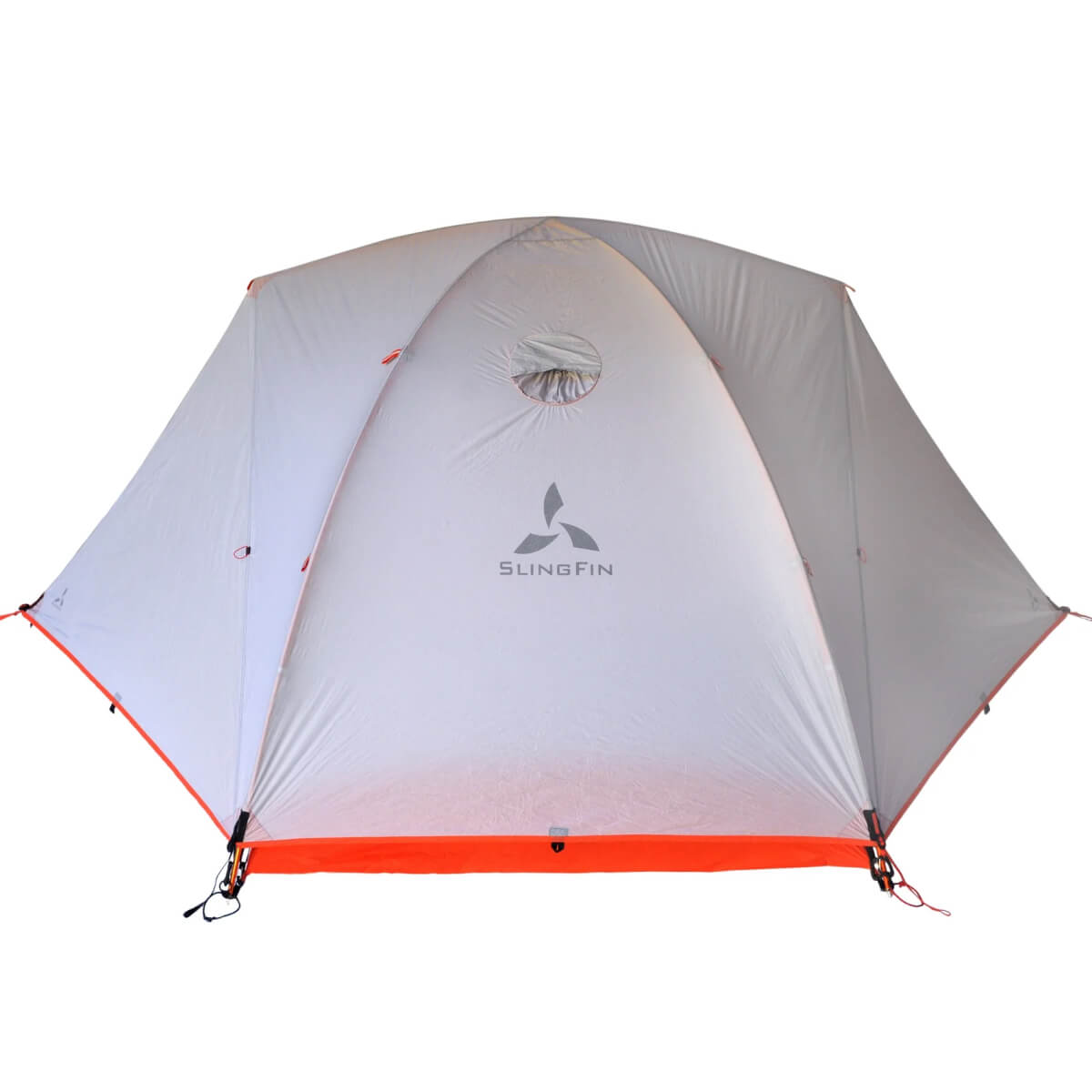
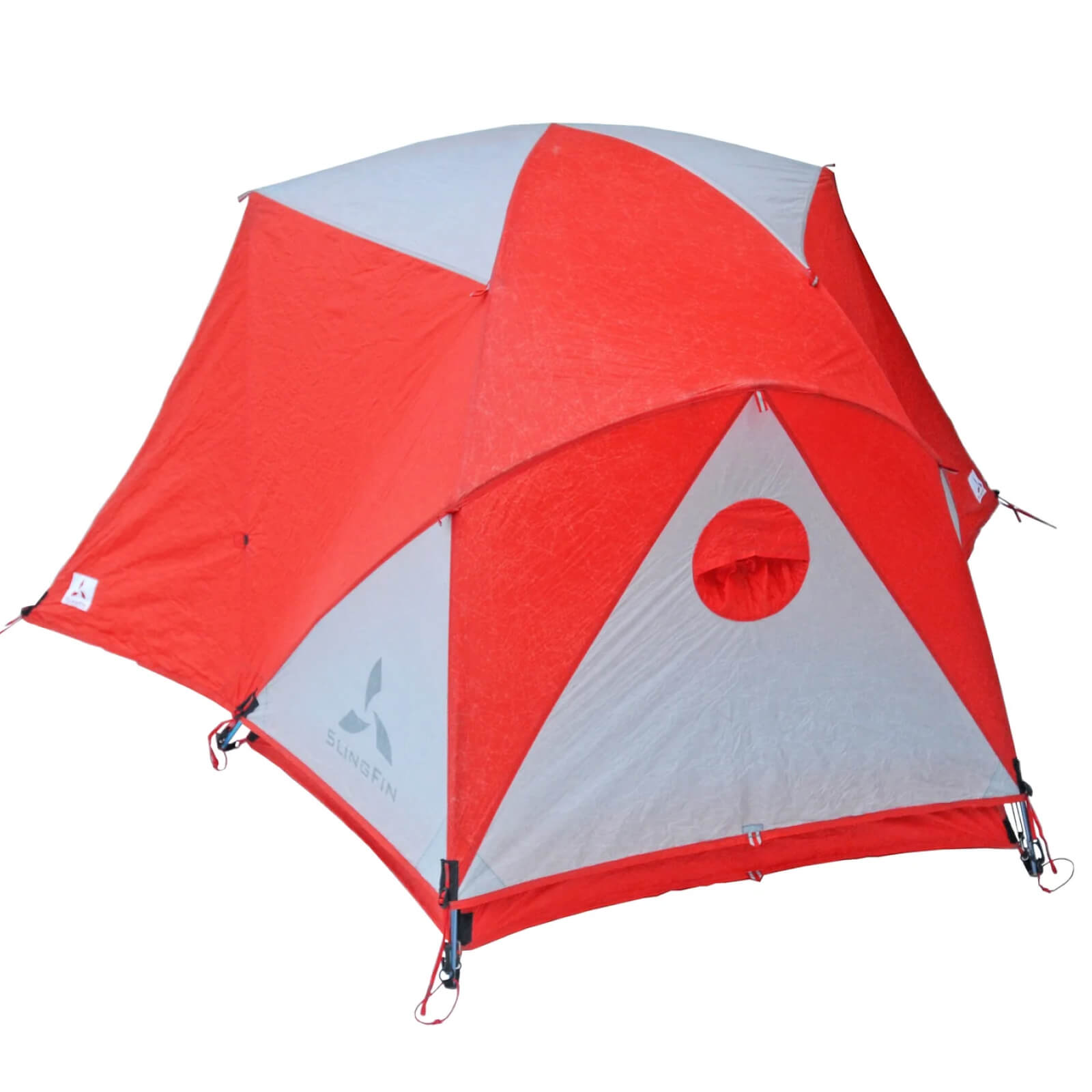
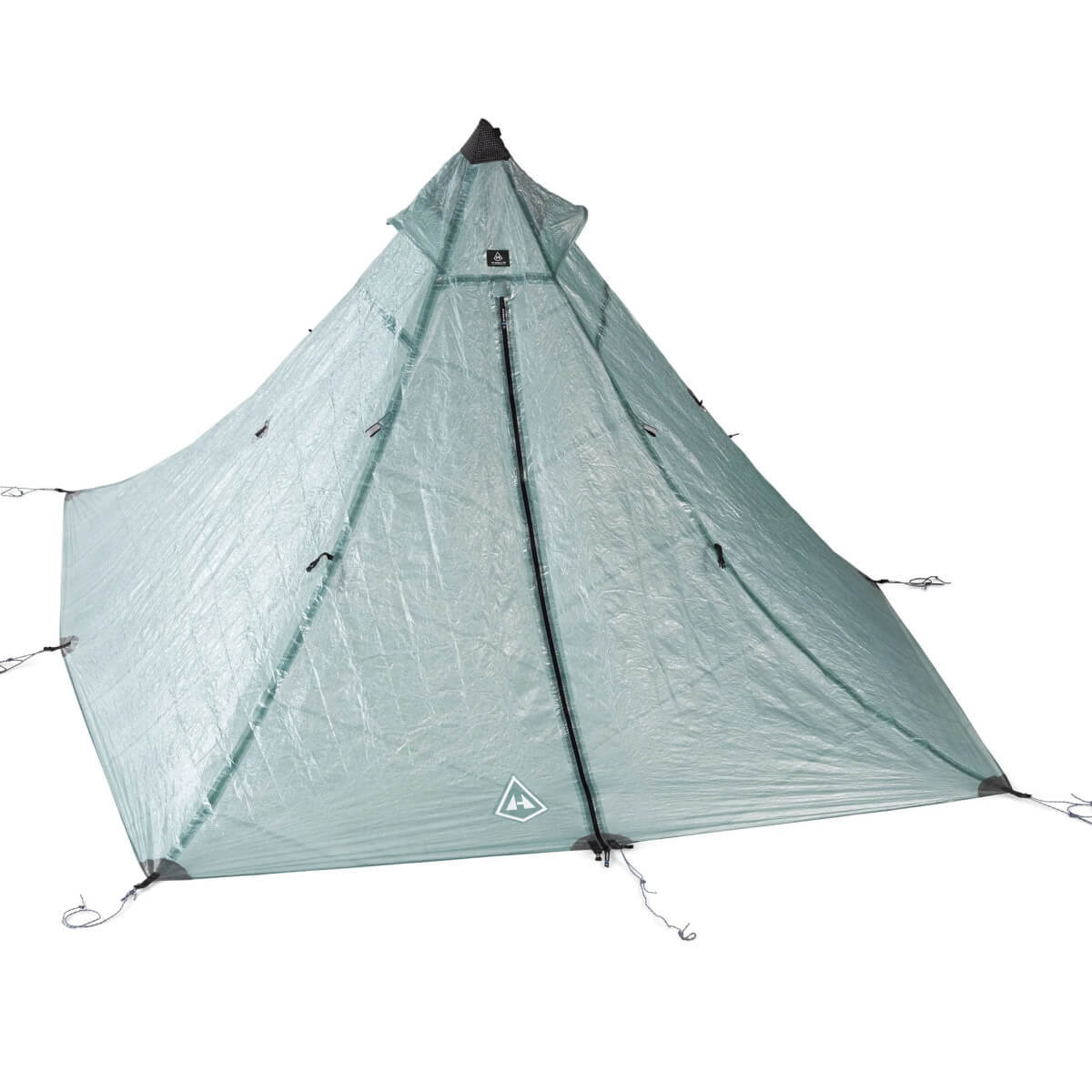
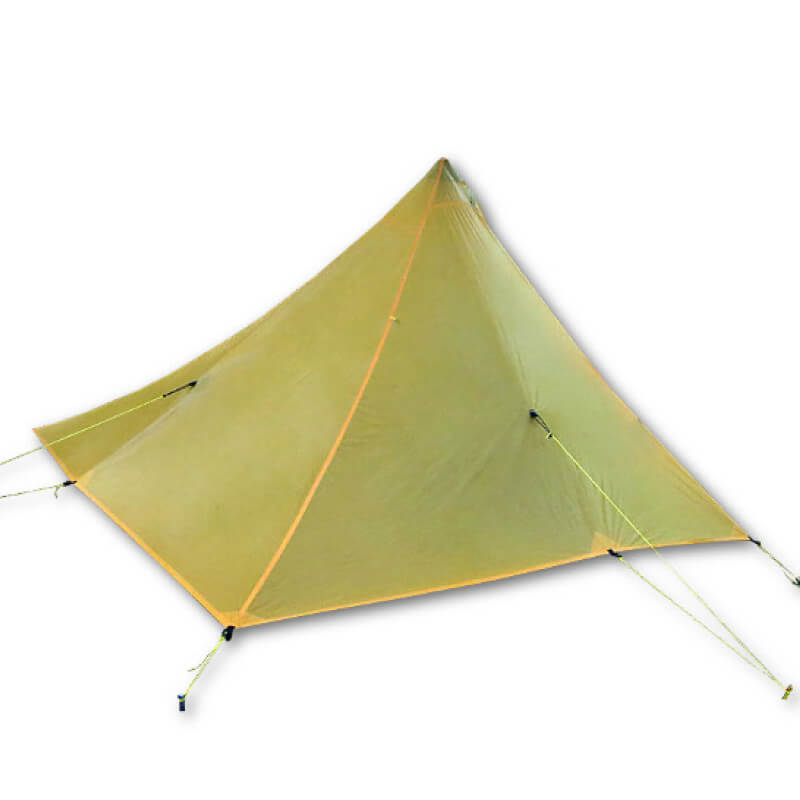
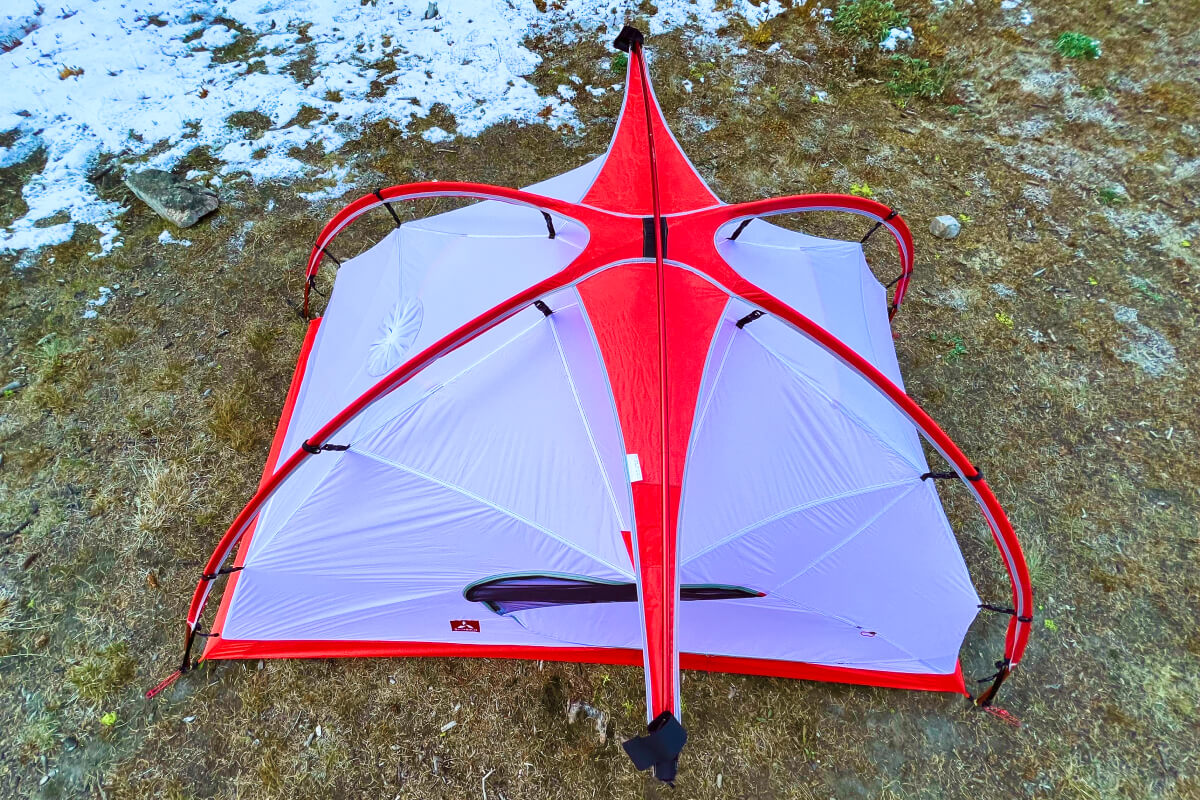
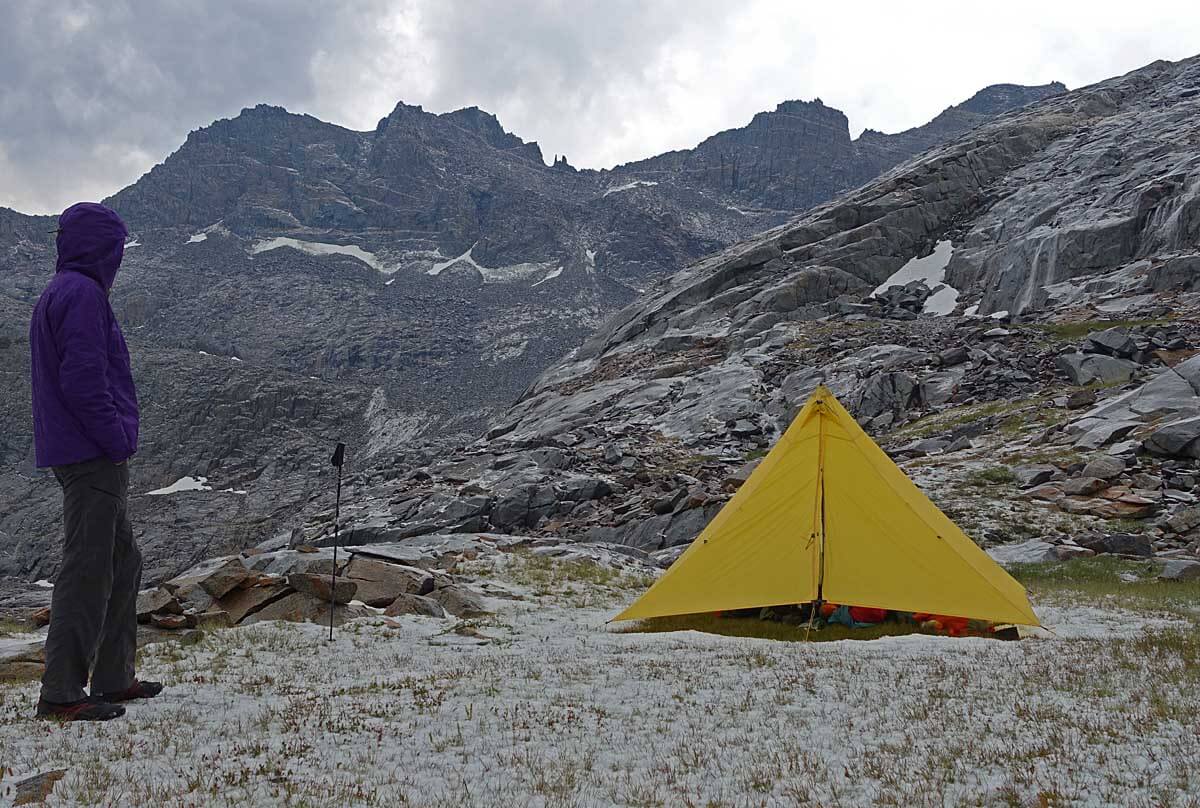
Leave a Reply
Want to join the discussion?Feel free to contribute!